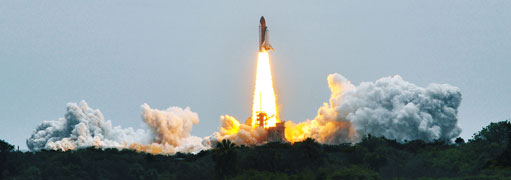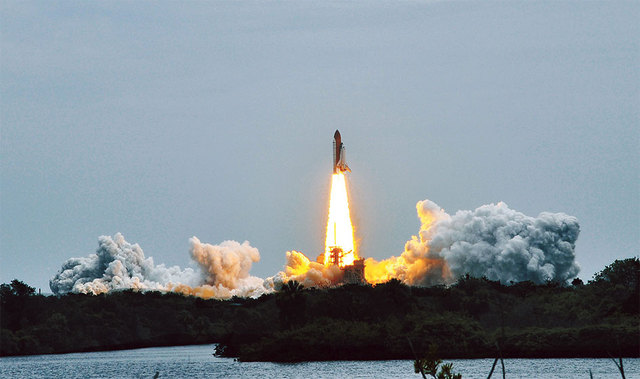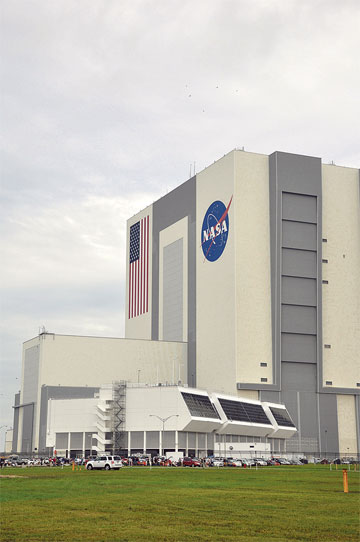The Last Shuttle: A Report From The Kennedy Space Center
Nasa Promises This Is Not The End Of Human Space Travel


Atlantis lifts off at the Kennedy Space Center on Friday, July 8.
Natalie Willoughby

Observers look on as Atlantis heads into the clouds.
Natalie Willoughby

The Vehicle Assembly Building where the shuttle was prepared for launch
Natalie Willoughby



